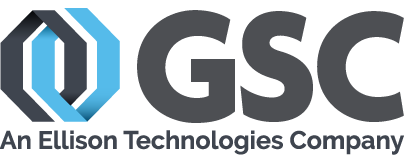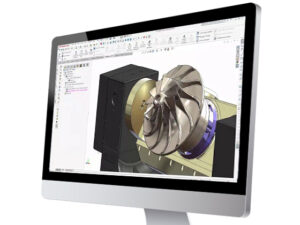In modern education, providing students with tools that improve their learning and prepare them for the professional world is crucial. The SOLIDWORKS academic portfolio aids educators in teaching, managing, and collaborating with engineering, design, and manufacturing students.
Here are the top five reasons why integrating SOLIDWORKS into your students’ curriculum is essential:
1. Industry-standard Tool
SOLIDWORKS is a cornerstone of the engineering and design industries. Its widespread use across various sectors, including automotive, aerospace, consumer goods, and more, makes it an industry-standard tool. By incorporating SOLIDWORKS into the curriculum, students familiarize themselves with software that is extensively used in professional settings, enhancing their employability upon graduation.
2. Hands-on Learning and Problem-solving Skills
Integrating SOLIDWORKS offers students a hands-on learning experience. It enables them to visualize and design complex concepts in a three-dimensional space, providing a tangible way to apply theoretical knowledge. Students develop critical problem-solving skills through this software by tackling design challenges, simulating real-world scenarios, and refining their designs to meet industry standards.
3. Collaborative and Project-based Learning
SOLIDWORKS facilitates collaborative learning by allowing students to work in teams on projects. This collaborative approach mirrors real-world engineering environments, emphasizing teamwork and communication skills, which are highly valued in professional settings. Students can share designs, provide feedback, and collectively solve problems, fostering a culture of collaboration and innovation.
4. Holistic Understanding of Product Development
Beyond design and modeling, SOLIDWORKS offers modules for simulation, analysis, rendering, and even additive manufacturing. Integrating these modules into the curriculum ensures that students gain a holistic understanding of the product development lifecycle. They learn to evaluate designs for functionality, perform stress analysis, visualize prototypes, and understand the implications of various manufacturing processes.
5. Enhanced Creativity and Innovation
SOLIDWORKS empowers students to unleash their creativity and innovate. Its intuitive interface and extensive features allow students to explore new ideas and concepts, enabling them to transform their visions into tangible designs. This fosters a culture of innovation, encouraging students to think outside the box and develop inventive solutions to real-world problems.
Incorporating SOLIDWORKS into your students’ curriculum is a transformative step toward preparing them for successful careers in engineering, design, and manufacturing. It not only enriches their learning experience but also equips them with essential skills sought after by employers in today’s competitive job market. By providing students with access to this powerful software, educators pave the way for a future generation of skilled and innovative professionals ready to make a significant impact in their respective fields.
Learn more at: SOLIDWORKS FOR EDUCATION
Share
Meet the Author

